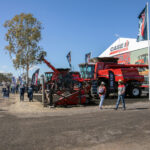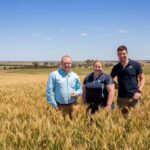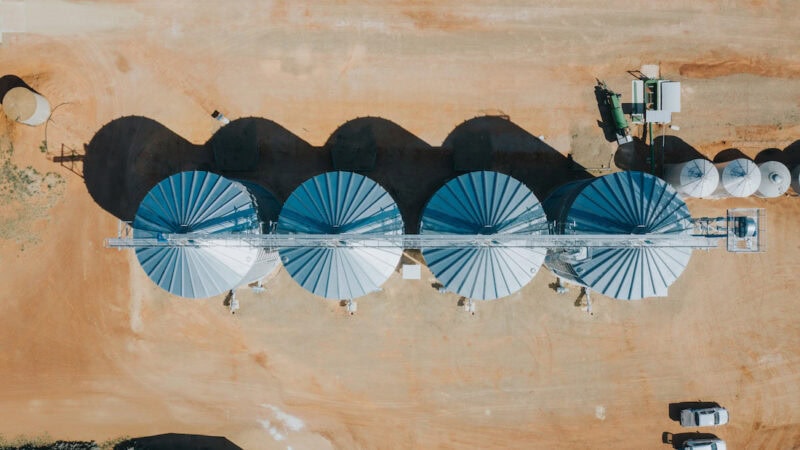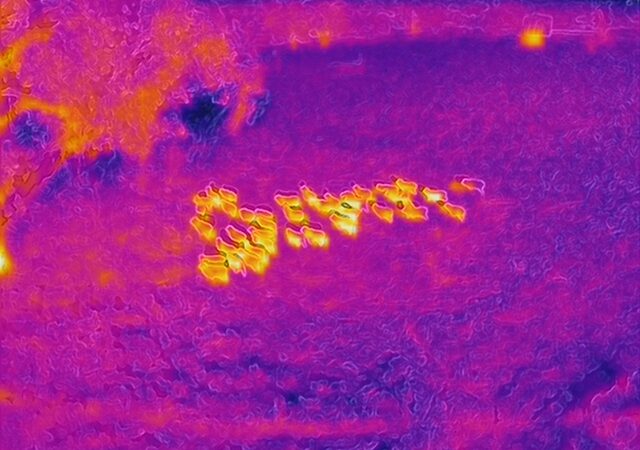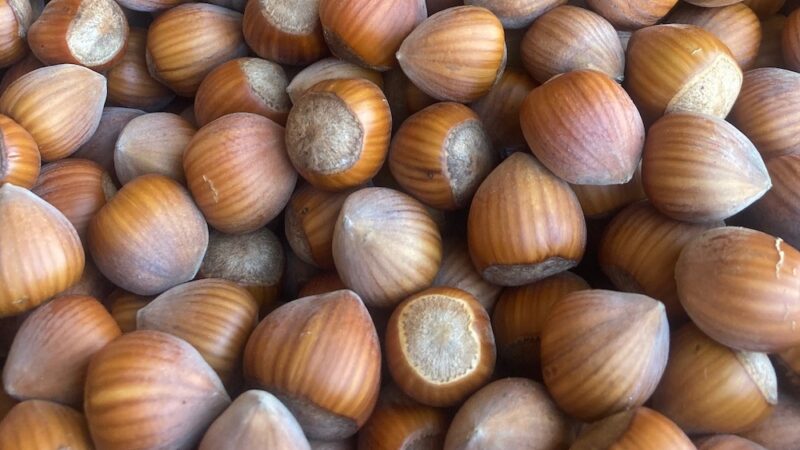The NSW Farmers team will be heading to Gunnedah next week to help celebrate to…
Farmers turning to ag-tech for water storage support
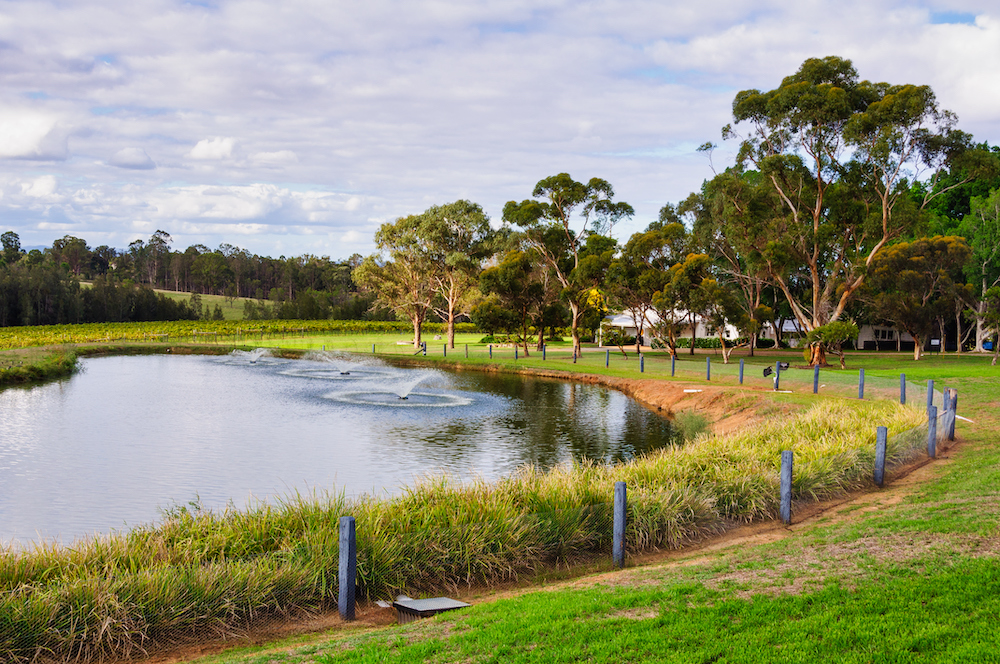
Farmers are using ag-tech to drive down the cost of water storage and use, with their eye on achieving a profitable and sustainable future for their businesses.
Acquiring quality water, and storing it, is especially important in preparing and managing farm productivity. Today, farmers are using data-driven decision making to make the most of water storage in order to lower input costs and reduce risks.
NSW Farmers has identified climate variability and high input costs as key factors in growing farm productivity. Farm businesses need support to build resilience, adapt to change and sustainably manage the farm landscape.
According to NSW Farmers� regional service manager, Daniel Brear when it comes to water, responsibility is shared between the environment and food and fibre production. �Farmers need reliable access to water to produce a crop year on year, to ensure animal health, and for fire safety,� he says.
The provisions for stock and domestic water are well known and immutable. These provisions also enable responses to fire on the property and in surrounding country.
But farmers need reliable access to water to support the growth and harvest of crops as diverse as citrus, grapes, rice and wheat.
�Irrigation crops need reliability of supply for the farmer to manage water across the year,� Daniel says. �One of the challenges we see is farmers stressed because they aren�t sure they will have enough water for their permanent crops � citrus and grapes and the like.
�Within the irrigation schemes in NSW, irrigators are at the whim of the regulators about what water they can access in any given year. The allocations are announced on July 1 and any change can occur during the year, depending on the season.�
Daniel said long term planning required consistency within that year and in following years, especially when crops need to be rotated and to forecast production.
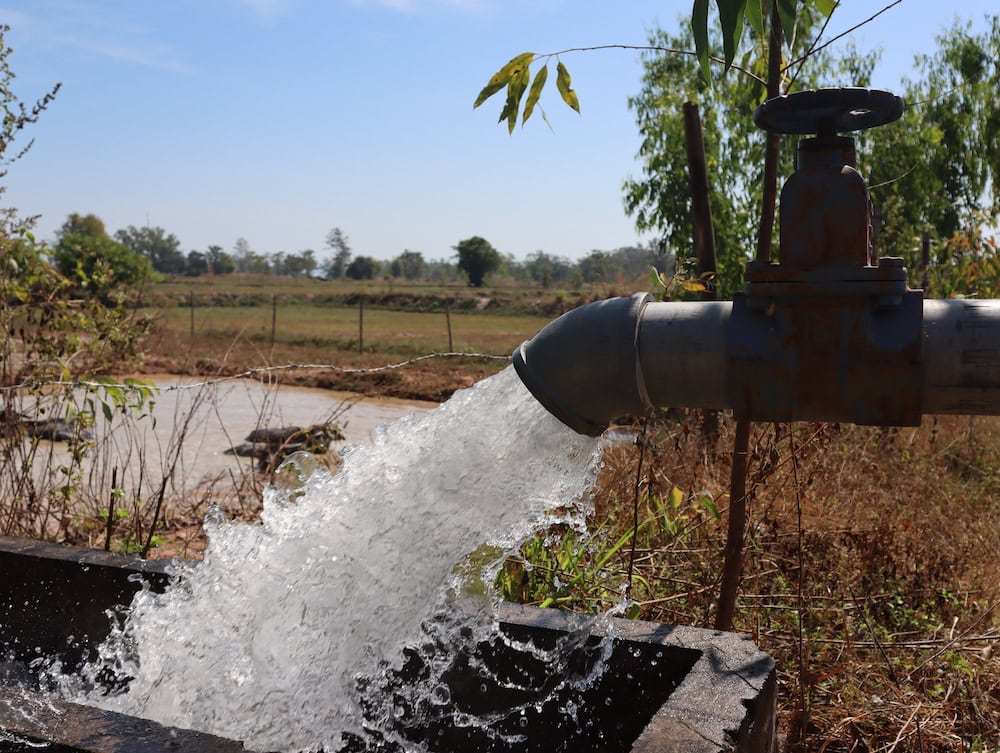
Sustainable Water on the scene
Sustainable Water Pty. Ltd. was established by Jim Conley, and Ross Martiensen. Passionate about giving back to the land and helping agricultural productivity. They knew abundant water is available when you know where to look, so they began their mission to help rural communities; those who turn water into food and jobs.
To help farms never run out of water again, they researched and activated modern methodologies in underground water exploration and bore-water production. Utilising proprietary geophysical technologies, they locate, and pinpoint high-quality groundwater bore sites, helping hundreds of Australian farmers such as these:
�I totally recommend Sustainable Water Solutions� first-class service to anyone needing underground water to drought-proof their properties or just for a reliable water supply.� � Jim, Qld
�Sustainable water predicted various water amounts and qualities at various depths using high tech and delivered. Their three NSW customers before me also found great water.�� � Dave, NSW�
The Sustainable Water team analyses each property�s unique characteristics; surfaces, existing water resources, deeper geological water bearing structures, and geophysical data.
Following water location, driller experience is then necessary. As they play a crucial role, Sustainable Water�s collaborates with qualified and reliable drillers also committed to sustainability. Their expertise aligned with Sustainable Water�s data-driven technology maximises success.
Bringing scientific technology and good old-fashioned hard work to the table, Sustainable Water continues delivering genuine solutions Australia wide.
For more information contact Co-Founder Jim Conley, M: 0401 218 879 or�[email protected].
Farmbot�s way forward
You can’t be everywhere at once, and in today’s world of high fuel costs and labour shortages, you shouldn�t be, there are solutions that address these challenges. Farmbot is one solution, as a business they work with producers to understand operational costs and challenges. As the adoption of remote water management grows rapidly, so does the desire to incorporate additional elements of remote control. If you don�t need to drive to check the tank, why drive to turn on a pump.
Andrew Coppin, Farmbot’s CEO, said ‘the company is continuously evolving their product range to improve processes for consistent incremental productivity and financial gains�.
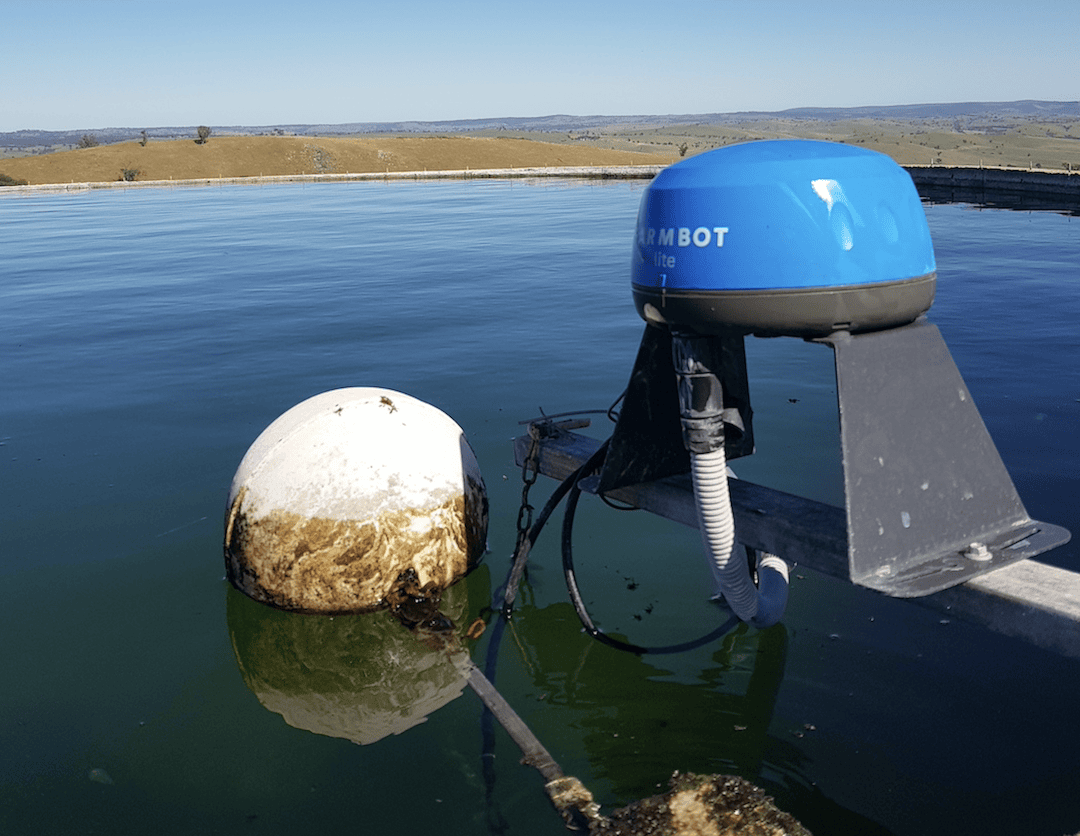
With the launch of Farmbot�s Pump Control it marked a new era of autonomy and control for water management. By enabling the automation of pumps based on water level with a simple click from a phone. A change in management will result in multiple cost savings to a business including, the extended lifespan of pumps, reduced water waste and wear and tear on vehicles, and the obvious countless hours saved. By reducing the need for physical checks on water tanks and pumps, you can redirect resources to more of the 1% tasks. Farmbot�s Pump Control has been praised by customers and is becoming the popular choice for a completely connected water management ecosystem.
More importantly, primary producers can reap the benefits of these solutions, as the Australian Federal Government aims to support the industry through the On Farm Connectivity Program (OFCP). Eligible producers can access a 50% discount on connectivity and on-farm technology with Farmbot Water Level Monitors and Pump Controllers being popular products of choice. This program is on a first-come, first-served basis, don’t hold off and be the one to miss out.
For more information contact Farmbot at 02 9030 4760 or go to�farmbot.com.au. �
Finding a balance
Daniel Brear says that farmers are concerned about the balance between water for the environment and water usage for food and fibre production.
Challenges include finishing off a winter crop, ensuring sufficient water for permanent crops � grapes, nuts, citrus and other fruit � and being able to plant an irrigated crop, whether that is broadacre cereal or fibre or grown in a more intensive production system, such as peas or potatoes.
�Obviously on farm storage is a huge issue and provides an opportunity for farmers to hold water when they need it,� he says. �We�ve seen in seasons where the allocations were turned off, that the market price to purchase water creates a situation where it isn�t worthwhile to finish crops.

�A zero allocation in July 2019 for people with temporary water on the Murray and Murrumbidgee rivers led irrigators to have to downgrade the potential of their crops to hay,� he says. �That downgrade is tough when farmers want to produce the best crop they can from the water they have available to them.�
Daniel said farmers are using precision agriculture to monitor their water use and to identify new efficiencies that will enable them to balance their productivity and environmental responsibilities.
One example of this was co-irrigating rice crops to benefit wildlife conservation. According to NSW Local Land Services data, up to 1000 Australasian Bitterns benefit from changed agronomic practices among farmers who now grow short season rice varieties.
The Bitterns preference rice crops grown with early permanent water which provides them with a stable breeding habitat and 12.5 times the food source of frogs and tadpoles that support the adult birds and chicks. By the time the chicks are fledged and gone from the nest, it is time to harvest the rice.
�This is one example of how Australian farmers, as world leading irrigators, practice their responsibilities towards the environment, and produce a key food source for people within our country and overseas,� Daniel says.
�Australia�s farmers are focussed on balancing their need for water for production, and to delivering benefits for the environment.�
If you enjoyed reading about ag-tech for water storage, you may like to read about water buybacks in the Murray-Darling Basin.


